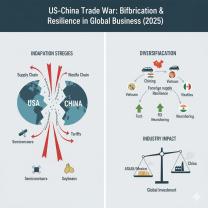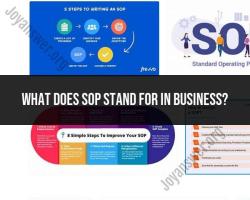How are committee activities carried out by the Executive Committee?
An Executive Committee is a subgroup of a larger committee or governing body, typically composed of key members or officers who have specific responsibilities and authority to make decisions on behalf of the larger group. The role of the Executive Committee in committee activities can vary depending on the organization and its bylaws, but here are some common ways in which an Executive Committee operates:
Leadership: The Executive Committee often provides leadership and direction to the larger committee or organization. It may include the chairperson, vice-chairperson, secretary, treasurer, or other key officers.
Decision-Making: The Executive Committee is usually empowered to make time-sensitive decisions on behalf of the larger committee when necessary. These decisions can include matters such as budget approvals, emergency actions, or setting the agenda for committee meetings.
Agenda Setting: The Executive Committee may play a role in determining what topics and issues are discussed during committee meetings. They can help prioritize and plan the committee's activities.
Coordination: The Executive Committee can coordinate the work of subcommittees or working groups within the larger committee. They may assign tasks, set deadlines, and ensure that various projects are progressing as planned.
Communication: The Executive Committee often serves as a bridge between the committee and the organization's leadership, keeping members informed and representing the committee's interests to higher authorities.
Financial Oversight: In some organizations, the Executive Committee may have responsibility for overseeing the committee's finances, including budgeting, financial reporting, and fundraising efforts.
Problem Resolution: When issues or conflicts arise within the committee, the Executive Committee may step in to help mediate and find solutions.
Long-Term Planning: The Executive Committee may be involved in strategic planning, setting long-term goals, and ensuring that the committee's activities align with the organization's mission and objectives.
Emergency Response: In cases of emergency or unforeseen situations, the Executive Committee can make quick decisions to address the crisis and protect the interests of the committee and the organization.
It's important to note that the specific role and authority of an Executive Committee can vary greatly between organizations. Some committees may give their Executive Committee significant decision-making power, while others may limit their authority to specific situations. The roles and responsibilities of the Executive Committee should be defined in the committee's bylaws or governing documents.
Ultimately, the Executive Committee's goal is to provide leadership, ensure the efficient operation of the committee, and act in the best interests of the organization it serves.
Executive Committee Activities: How They Are Carried Out
Executive committees are typically responsible for a wide range of activities, including:
- Setting the organization's strategic direction
- Overseeing the implementation of the organization's strategic plan
- Making decisions on major financial and operational matters
- Advising the CEO on important issues
- Representing the organization to the public and to other stakeholders
Executive committees typically carry out their activities by meeting regularly to discuss the organization's performance, review proposals, and make decisions. They may also form subcommittees to focus on specific issues or projects.
The Structure and Functions of an Executive Committee
Executive committees are typically composed of senior executives, such as the CEO, CFO, COO, and other key leaders. The size of the executive committee can vary depending on the size and complexity of the organization.
The executive committee is typically chaired by the CEO. The CEO is responsible for setting the agenda for executive committee meetings and for ensuring that the committee's decisions are implemented.
Decision-Making and Governance Within the Committee
Executive committees typically make decisions by consensus. However, if consensus cannot be reached, the committee may vote on a motion.
The executive committee is accountable to the full board of directors. The executive committee must regularly report to the board on its activities and on the performance of the organization.
Reporting, Accountability, and Transparency
Executive committees are typically required to report to the full board of directors on a regular basis. These reports should include information on the committee's activities, the organization's performance, and any major decisions that the committee has made.
Executive committees are also accountable to the organization's stakeholders, such as its shareholders, employees, and customers. The executive committee should be transparent in its decision-making process and should communicate its decisions to stakeholders in a timely manner.
The Executive Committee's Role in Organizational Success
Executive committees play a critical role in organizational success. By setting the organization's strategic direction, overseeing the implementation of the strategic plan, and making decisions on major financial and operational matters, executive committees can help to ensure that the organization achieves its goals.
In addition, executive committees can help to improve the organization's governance and accountability. By regularly reporting to the board of directors and to stakeholders, executive committees can help to ensure that the organization is well-managed and that its decisions are in the best interests of all stakeholders.
Here are some examples of specific activities that an executive committee might carry out:
- Approve the organization's annual budget
- Review and approve new products or services
- Oversee the construction of a new facility
- Develop and implement a new strategic plan
- Respond to a major crisis, such as a natural disaster or a product recall
- Select a new CEO
Executive committees play a vital role in the success of any organization. By providing strategic leadership and overseeing the organization's most important decisions, executive committees can help to ensure that the organization achieves its goals and objectives.












